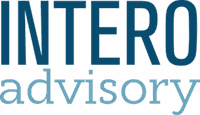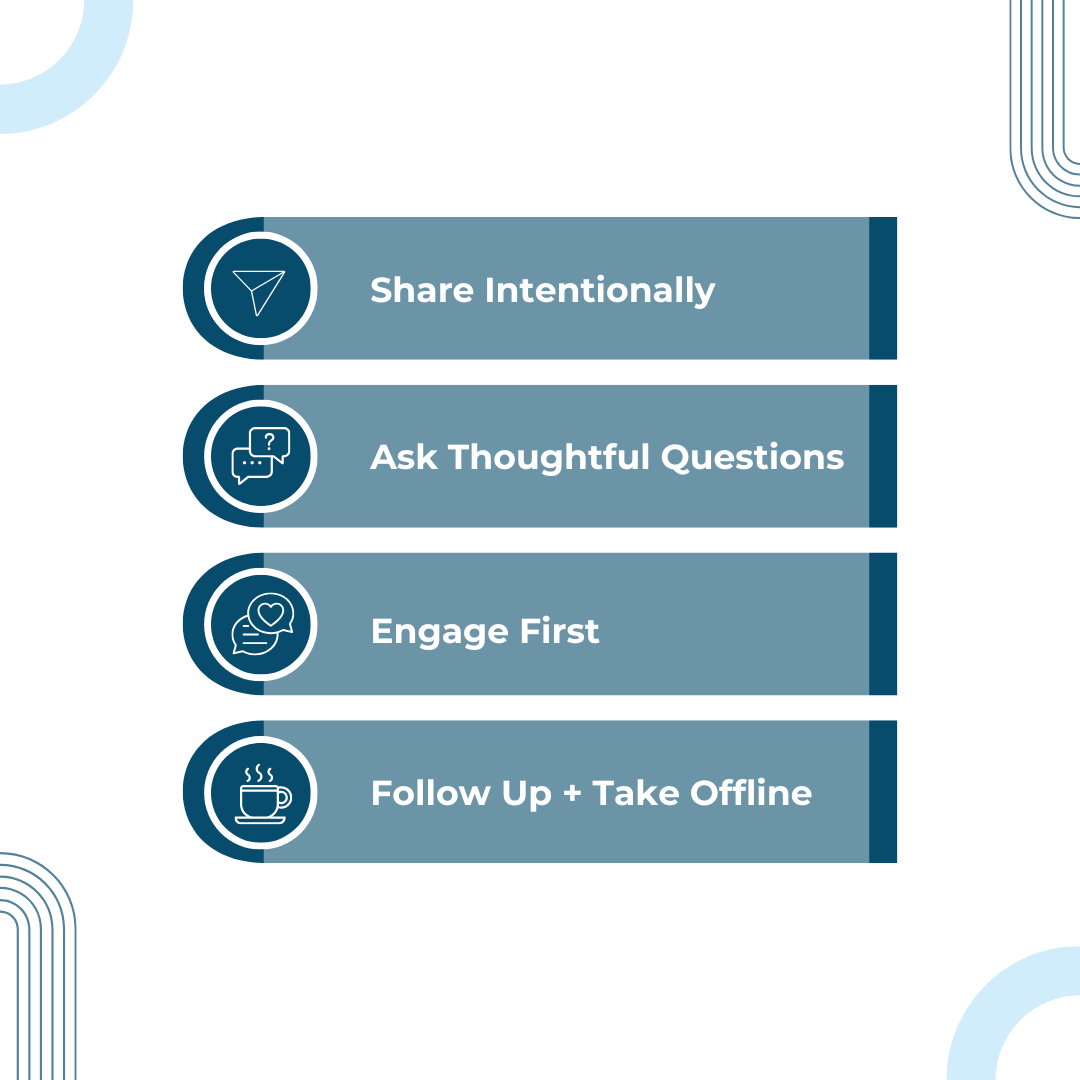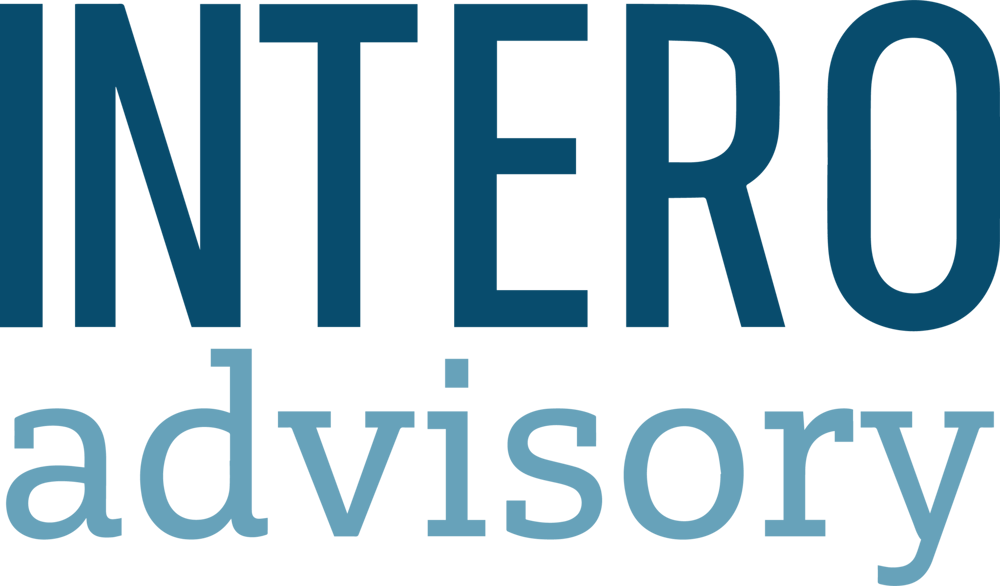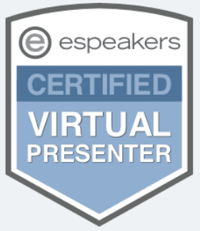In 2025, the professional landscape is no longer just about climbing ladders—it’s about crossing bridges. Success in today’s relationship economy depends on how well you build, nurture, and leverage connections. The game isn’t about the size of your network but its depth, diversity, and relevance.
Consider this: A mid-career professional, feeling burned out and unfulfilled in their current role, wanted to pivot to something new. With limited time to dedicate to an extensive job hunt, they decided to leverage LinkedIn as a strategic tool. By re-engaging with their network, building relationships in related industries, and sharing thoughtful content that demonstrated their expertise, they opened unexpected doors. In just a few months, this intentional effort led to a career shift, mentorship opportunities, and new visibility as a contributor to their field.
This is the power of relationships in 2025. Platforms like LinkedIn offer unprecedented opportunities to turn connections into catalysts for conversations and new opportunities. Achieving this requires a shift from passive participation to intentional strategy. Harness the relationship economy to make LinkedIn your most valuable professional tool.
What is the Relationship Economy?
The relationship economy recognizes that your professional success hinges on your connections' strength, diversity, and intentionality. It’s an ecosystem where connections are more than a network—they’re leverage.
This concept isn’t new. Sociologist Mark Granovetter’s foundational study on weak ties showed how casual connections often unlock doors to opportunities your closest relationships can’t. What’s new in 2025 is how platforms like LinkedIn amplify these dynamics, enabling you to scale your network’s impact exponentially.
Recent research by Stanford and MIT found that LinkedIn's weak ties increase job mobility by 20%—a statistic that underscores the transformative power of casual connections. However, to thrive in this economy, professionals must move beyond collecting contacts and focus on nurturing relationships strategically.
Building Relationships That Matter: Strong and Weak Ties
Too often, professionals default to maintaining strong ties and neglecting weak ones. In the relationship economy, both are essential, serving distinct yet complementary roles.
Strong Ties: Deep Roots of Trust
Strong ties are the colleagues, mentors, and allies you interact with regularly. They’re your foundation for reliability and credibility. But even these relationships need care to remain dynamic:
- Reinforce mutual value: Go beyond liking posts—collaborate on articles, host webinars together, or tag them in relevant industry discussions.
- Don’t assume loyalty is static: Regular check-ins and shared achievements keep these relationships active and beneficial for both parties.
Weak Ties: Bridges to New Horizons
Weak ties, by contrast, are the underutilized goldmine in most networks. They offer access to new industries, roles, and ideas. Here’s how to leverage them effectively:
- Identify high-potential weak ties: Use LinkedIn’s advanced search or Sales Navigator to find connections in industries or roles adjacent to your interests.
- Make re-engagement frictionless: Start small—comment on a post, share an article they’d find valuable, or congratulate them on a career milestone.
- Offer value first: Position yourself as a resource. If you’re asking for advice or an introduction, pair it with a meaningful offer, such as industry insights or a relevant connection of your own.
Think of strong ties as your roots and weak ties as your branches—they extend your reach to opportunities that might otherwise remain invisible.
Mastering LinkedIn’s Hidden Superpowers
LinkedIn is more than a platform—it’s a destination, a hub, and an engine for scaling your influence, credibility, and opportunities. But most people only scratch the surface of its potential. Here’s how to unlock its hidden superpowers:
Superpower 1: The Content Flywheel
Content isn’t just a way to stay visible; it’s a tool to create momentum. The more valuable your content, the more likely it is to attract meaningful connections.
- Create Conversations, Not Monologues: Share posts that spark discussion, such as controversial industry trends or unsolved challenges.
- Repurpose Thought Leadership: Turn a single idea into multiple formats—short posts, articles, videos, and even interactive polls.
- Leverage the Ripple Effect: Tag key contributors in your posts to extend your reach into their networks.
Superpower 2: Intentional Outreach
Stop waiting for opportunities to come to you. LinkedIn’s search and Sales Navigator features are powerful tools for proactive outreach:
- Identify decision-makers at companies you admire, then engage meaningfully with their content before initiating direct contact.
- Use mutual connections to warm up introductions, increasing your chances of a response.
Superpower 3: Analytics That Inspire Action
Most people view LinkedIn analytics as a numbers game. In reality, it’s an insight generator:
- Post Performance: Identify what resonates with your audience and double down.
- Engager Profiles: Analyze who interacts with your content and follow up with tailored messages.
These superpowers aren’t about playing the LinkedIn game—they’re about rewriting the rules.
Leading With Trust and Authenticity
In a world flooded with content, trust is the currency that sets leaders apart. But trust isn’t built through perfection; it’s built through authenticity.
The 3 Cs of Digital Trust
- Consistency: Show up regularly with content and engagement that reinforces your values.
- Credibility: Share data, stories, and examples that back your claims.
- Connection: Infuse your content with vulnerability and relatability.
Consider this example: A COO posts about a failed product launch—not lamenting but as a lesson in resilience and innovation. That level of transparency not only builds trust but also invites meaningful conversations.
Authenticity is the great equalizer. It turns casual followers into collaborators and skeptics into advocates.
Turning Relationships into Results
The relationship economy isn’t just about networking—it’s about results. Here’s how to turn connections into actionable outcomes:
Reignite Dormant Relationships
- Use LinkedIn’s “Sort by Recent” filter to find connections you haven’t interacted with in over a year. Send them a quick message referencing shared experiences or interests.
Build Collaborative Opportunities
- Identify weak ties who might benefit from joint initiatives. For example, pitch a webinar idea to someone whose audience aligns with yours.
Track ROI on Networking Efforts
- Keep a simple spreadsheet to track outreach and engagement efforts. Monitor metrics like responses, introductions, or new opportunities generated.
Making LinkedIn Work for You in 2025
Success on LinkedIn requires intentionality, consistency, and adaptability. Use these steps as your guide:
- Position Yourself as a Resource: Share insights and ideas that solve real-world problems.
- Engage Deeply, Not Broadly: Focus on fewer but more meaningful interactions.
- Leverage Tools Wisely: Refine your approach using LinkedIn’s analytics, search, and scheduling features.
LinkedIn transforms from a networking tool into an engine for professional growth and opportunity when used effectively. There are so many stories exemplifying how intentional engagement and strategic use of LinkedIn can transform careers. In the relationship economy of 2025, professionals who understand the dynamics of both strong and weak ties, leverage advanced tools, and prioritize authentic engagement will see the greatest returns.
Your network isn’t just a list of names—it’s your most valuable professional asset. Investing in it intentionally, engaging authentically, and using LinkedIn’s advanced tools can unlock opportunities you didn’t know existed.
The future isn’t waiting—start building your legacy today.




